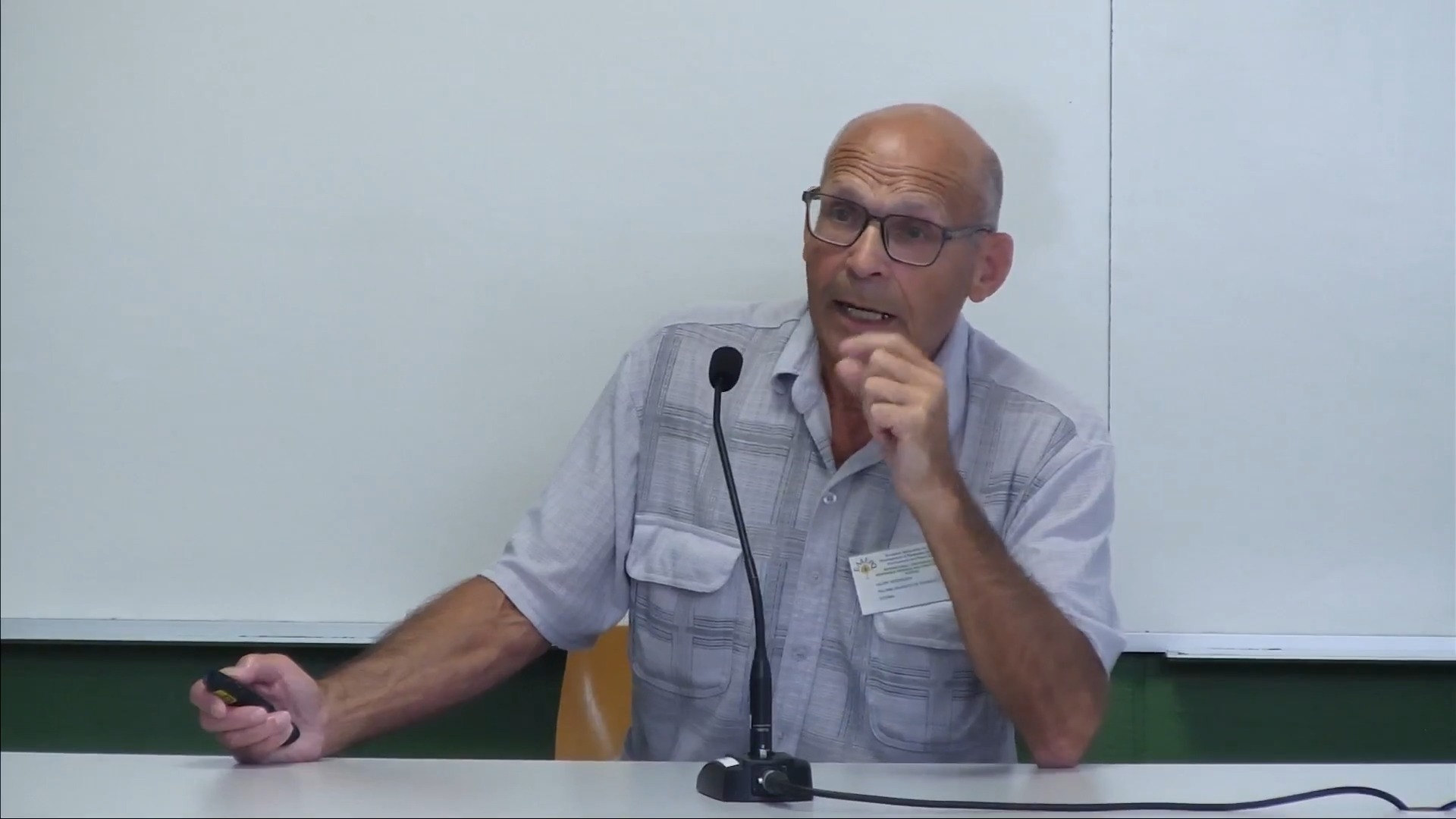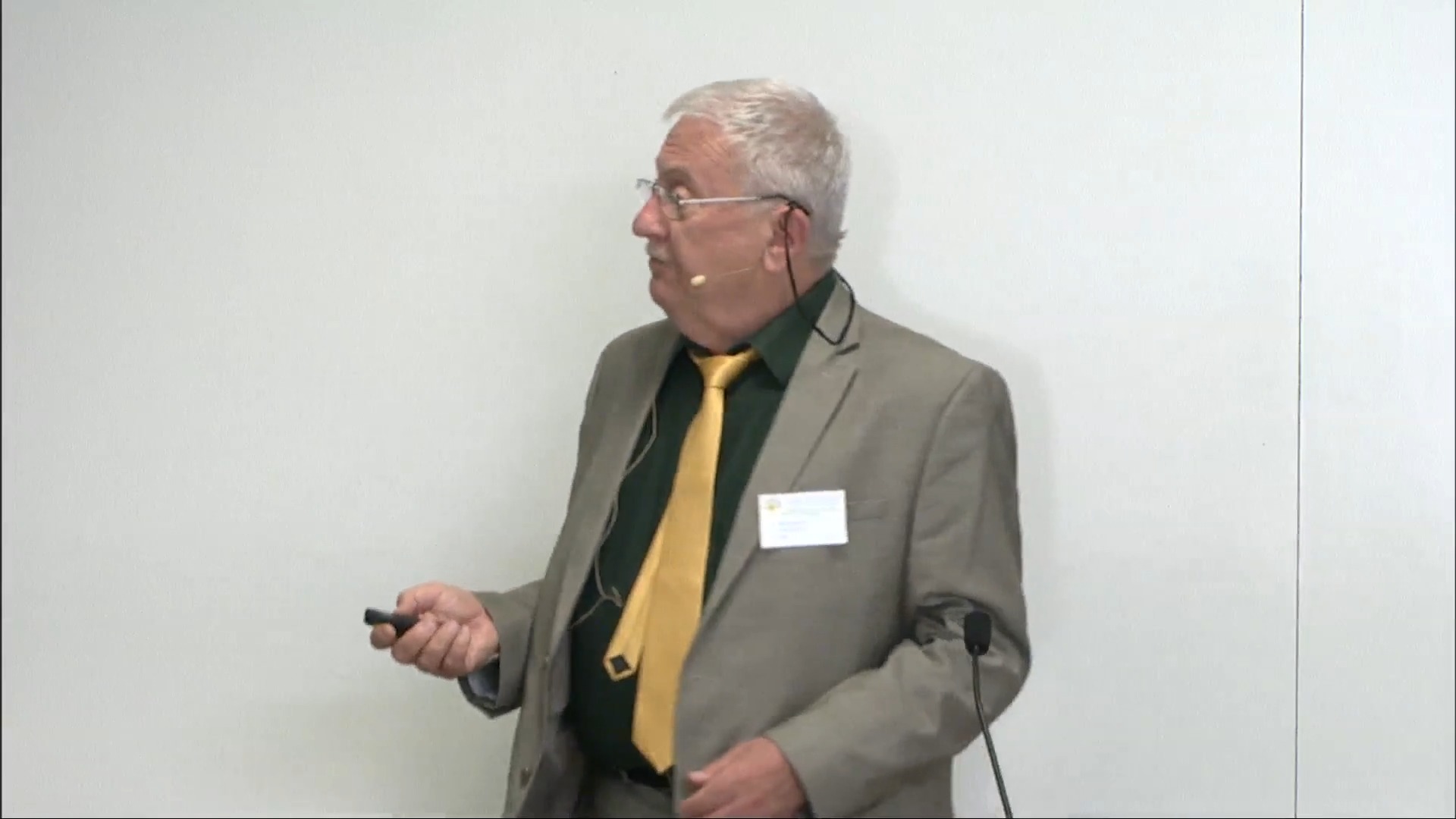Promoting the Accelerated Replacement of old electric motors in the European Union 27 jul. 2022
Promoting the Accelerated Replacement of old electric motors in the European Union
Motor lifetime is usually considered to be in the 10-20 years timeframe depending on motor size
(larger motors having longer lifetimes). However, it is influenced by many factors including
number of operating hours, load factor including possible overloading, frequency of start/stop
cycles, power quality and environmental conditions (temperature, vibrations, humidity, chemical
20th International Conference on Renewable Energy and Power Quality (ICREPQ’22)
University of Vigo. Spain
July 27, 28, 29. 2022
14
pollutions). Recent studies (in Switzerland and the US), have shown that the real lifetimes can
be much greater, sometimes by a factor of two. This means that there is still a significant
percentage of operating IE1 (or even below IE1) motors.
The first tier of EU motor standards was enforced from July 2011 at IE2 level. This was 10 years
ago so we can expect that 70% of motors were purchased before that date and are still IE2
level or below. By taking swift action, at least part of the expected the savings enabled by the
regulation, as well as the ones achieved by the introduction of the updated motor Ecodesign
regulation (Ecodesign Regulation (EU) 2019/1781) could be anticipated making it possible to
harness their benefits in a nearer future. Moreover, motor technologies have witnessed
significant developments in terms of efficiency and promoting the adoption of these improved
technologies could bring even larger savings. Therefore, the uptake of different policy options
could play an important role in motivating the early replacement of old electric motors, with
significant economic and environmental impacts.
We have analysed different policy options that can contribute to the accelerated replacement of
old inefficient motors still in use in the European Union, as well as the environmental impacts of
such policies.



















































